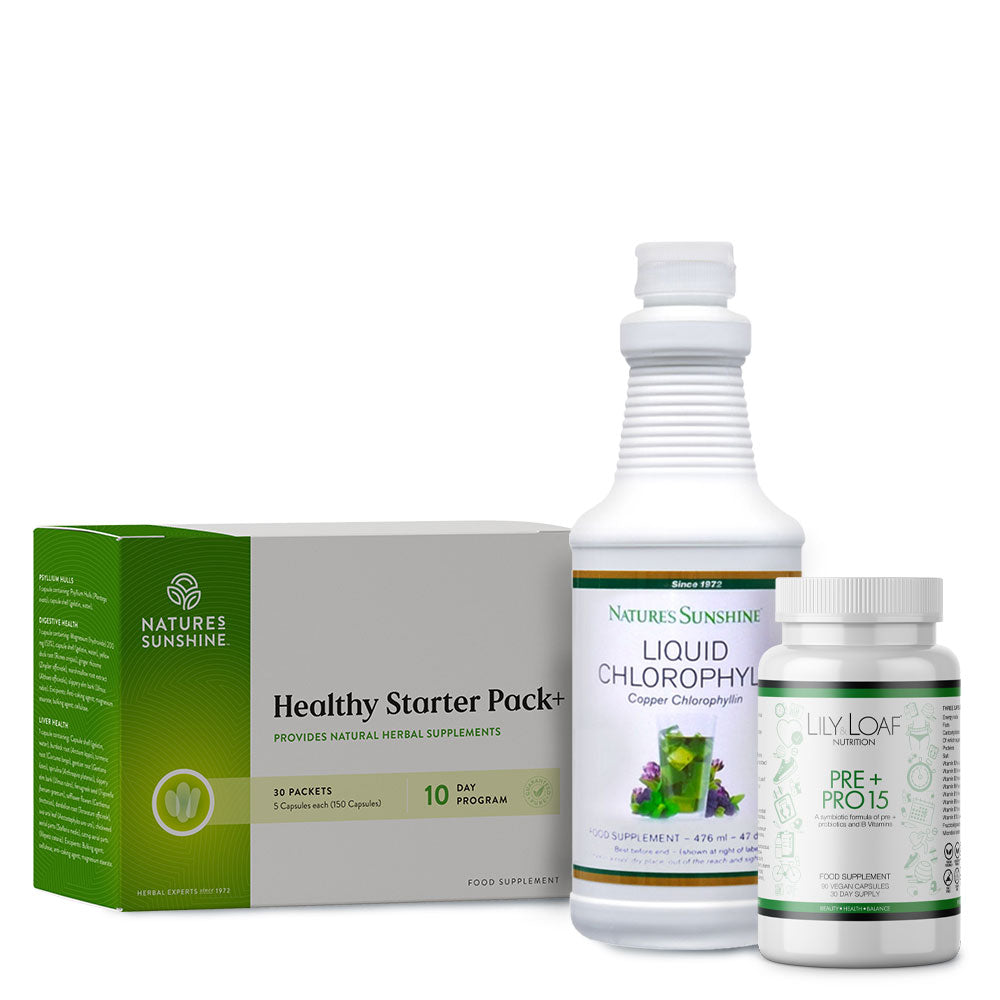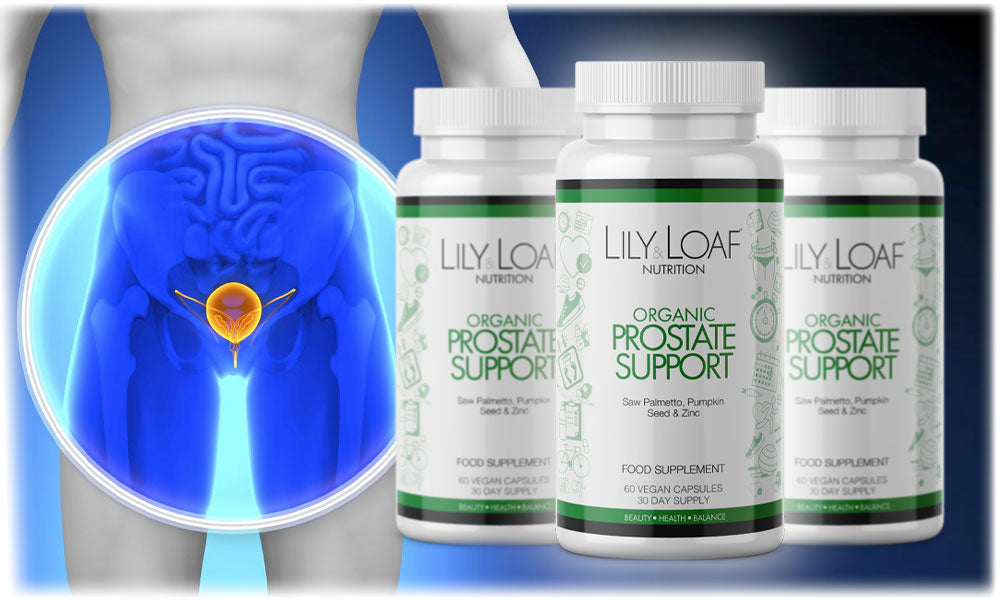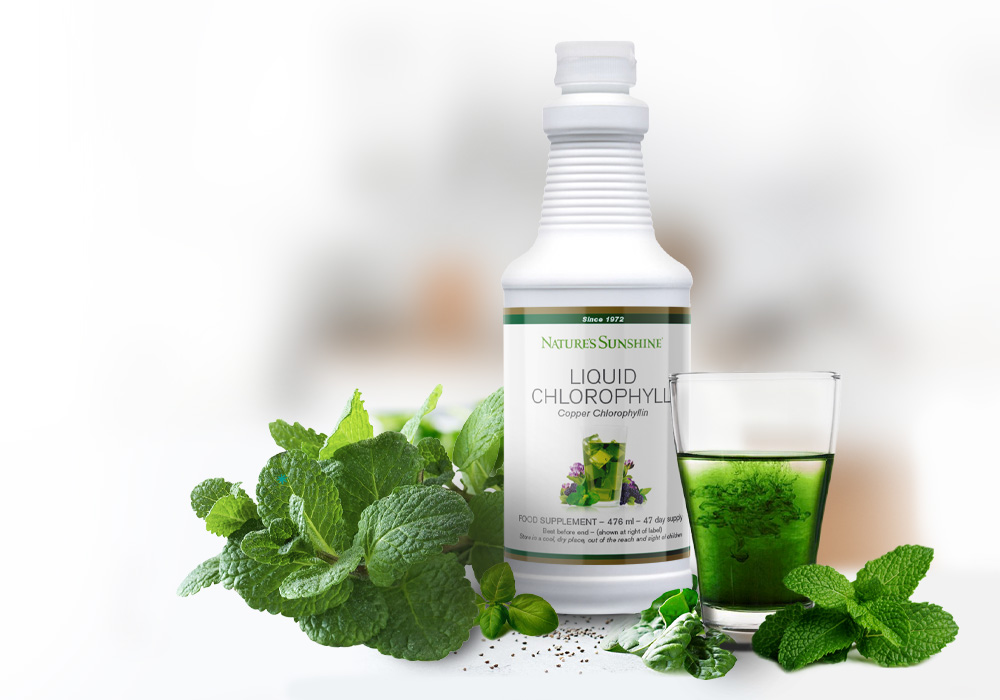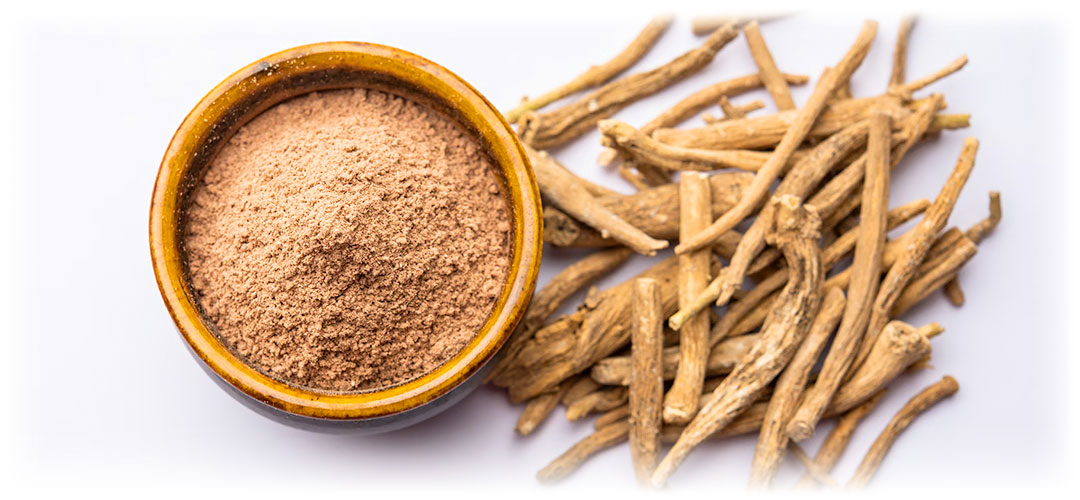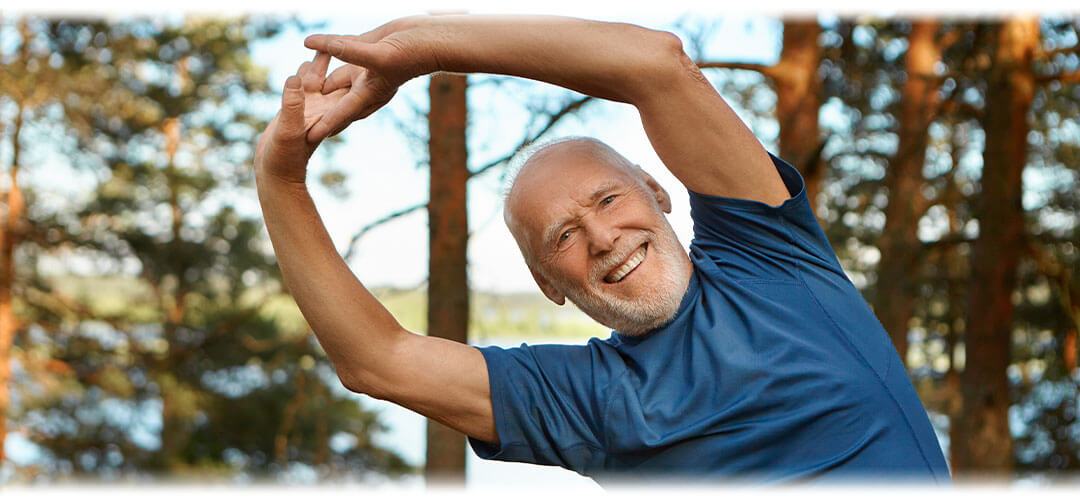
Top Ten FAQ's - Prostate Health
↓ What is a prostate?
The prostate is a small gland in men located below the bladder and in front of the rectum. It surrounds part of the urethra, the duct that empties the bladder, and produces a fluid that forms part of semen.1
↓ What are the signs of prostate cancer?
Early prostate cancer usually has no clear symptoms. As it progresses, men may experience difficulty urinating, blood in urine or semen, erectile dysfunction, pain in the hips, back, or chest, and painful ejaculation.2
↓ How can I check my prostate health?
Prostate health can be assessed by a healthcare provider using a prostate-specific antigen (PSA) blood test, digital rectal exam (DRE), MRI, or a biopsy if necessary. Additional tests may be available.3
↓ What causes prostate cancer?
The exact cause of prostate cancer isn't known. Factors that can increase risk include age, family history, race, and possibly diet and lifestyle.4
↓ Is prostate cancer hereditary?
Prostate cancer can be hereditary. If a close family member has had prostate cancer, the risk may be higher. Genetic counselling and testing can be considered in these cases.5
↓ Can women have a prostate?
Women do not have a prostate gland. The female homologue to the prostate is called the Skene's gland.6
↓ Can an enlarged prostate affect a man sexually?
An enlarged prostate can cause symptoms that affect sexual function such as erectile dysfunction or painful ejaculation.7
↓ Is prostate cancer curable?
Prostate cancer is often curable when diagnosed early. Treatment success depends on the stage of cancer, overall health, and age.8
↓ What is the best treatment for an enlarged prostate?
Treatment for an enlarged prostate may include lifestyle changes, medication, or surgery such as transurethral resection of the prostate (TURP).9
↓ How do I know if I have prostate problems?
Symptoms of prostate problems can include urinary issues like increased frequency, urgency, difficulty starting urination, weak stream, or inability to urinate.10
Men's health often takes a back seat in health discourse, especially when it comes to the prostate.
<p">It's time to bring this vital gland into the limelight. This blog aims to demystify prostate health, shedding light on its importance, common conditions, and the best practices for keeping it healthy.

The Critical Function of the Prostate
Nestled deep within the male pelvis, the prostate's main function is to secrete prostate fluid, one of the components of semen. The muscles of the prostate also help propel this seminal fluid into the urethra during ejaculation.1 It’s a small organ, but its impact on male fertility and overall health is substantial.
Importance of Prostate Health
Prostate health is vital for several reasons. It's closely linked to urinary function, sexual performance, and overall quality of life. As men age, the prostate can grow, leading to benign conditions like BPH (benign prostatic hyperplasia) or more sinister ailments like prostate cancer.11
Common Prostate Issues and How to Recognise Them
Beyond BPH and prostatitis, men should be aware of asymptomatic inflammatory prostatitis, which presents few symptoms but can affect fertility and cause chronic pelvic pain syndrome.12 Prostate cancer may not present early symptoms, making regular screening essential for men over 50 or earlier for those at high risk.4
Prostate Screening
Screening for prostate cancer is critical. A balanced view on PSA (prostate specific antigen) testing is advised, as it can save lives but also leads to over-treatment in some cases.13 Discussing the risks and benefits of PSA screening with a healthcare provider, considering factors like age, race, family history, and overall health, is recommended.

Dietary and Lifestyle Factors Affecting Prostate Health
Studies suggest that diets high in red and processed meats may increase prostate cancer risk, while plant-based diets might decrease it.14 Along with other nutrients, selenium (found in Brazil nuts), and lycopene (found in tomato products), may also be beneficial for prostate health. Additionally, regular consumption of green tea and pomegranate juice has been linked to improved prostate health in some studies.15
Exercise's Role in Prostate Health
Regular exercise not only helps in maintaining a healthy weight but may also contribute to improved prostate health. Vigorous activities are thought to be particularly effective in reducing BPH symptoms and may also decrease the risk of prostate cancer progression.16
The Psychological Impact of Prostate Health Issues
Prostate health issues can lead to stress, anxiety, and depression. The psychological impact of dealing with chronic pain, urinary incontinence, or the stress of a cancer diagnosis can be profound. Seeking support from mental health professionals, support groups, or online communities can provide much-needed relief and resources.
Treatment Modalities Explained
For BPH, beyond medications and traditional surgery, new treatments like laser therapy offer fewer side effects and a quicker return to normal activities.9 In cases of prostatitis, pelvic floor physical therapy may be an effective treatment, especially when combined with medication.17
For prostate cancer, precision medicine and advanced imaging techniques allow for more targeted treatments. Active surveillance is often chosen for low-risk cancers, while advanced cancers may be treated with newer forms of hormone therapy that are less likely to cause resistance.18

Preventive Measures and Regular Health Checks
Preventative measures, such as prostate massages or supplements may help, but research is ongoing in these areas. Regular health checks remain the most reliable form of prevention, with personalised screening schedules based on individual risk factors.
Prostate Massage
Prostate massage, also known as prostate milking, is a practice that can be part of a holistic health routine for some men. It involves the stimulation of the prostate gland, and is thought to offer health benefits such as promoting fluid circulation within the prostate and reducing inflammation. This type of massage is sometimes used to alleviate the uncomfortable symptoms associated with conditions like benign prostatic hyperplasia (BPH) and chronic prostatitis. However, most of the evidence supporting prostate massage is anecdotal.
Navigating Treatment Decisions
Navigating treatment options for prostate conditions can be daunting. It’s important for men to engage in shared decision-making with their healthcare providers. Understanding the potential side effects and long-term outcomes of treatments is crucial in making an informed choice that aligns with their values and lifestyle.
The Future of Prostate Health
Advancements in medical research continue to provide hope for the future of prostate health. From improvements in diagnostic imaging to the development of vaccines for prostate cancer, the medical community is making strides in offering better outcomes for men.
Taking Control of Prostate Health
Men's health, and particularly prostate health, should not be whispered about in the shadows. It's a pivotal aspect of men's lives that affects physical, mental, and emotional well-being. By staying informed, advocating for regular health checks, and leading a lifestyle conducive to good prostate health, men can take control of their well-being and live life to the fullest.
References
- Prostate Cancer Foundation. Prostate Gland.
- Prostate Cancer Foundation. Prostate Cancer Symptoms and Signs.
- National Institute of Diabetes and Digestive and Kidney Diseases. Prostate Tests.
- National Health Service. Causes: Prostate Cancer.
- Prostate Cancer Foundation. Prostate Cancer Risk Factors.
- Nguyen JD, Duong H. Anatomy, abdomen and pelvis: female external genitalia. In: StatPearls. StatPearls Publishing; 2024.
- Bruskewitz RC. Quality of life and sexual function in patients with benign prostatic hyperplasia. Rev Urol. 2003;5(2):72-80.
- Cancer Research UK. Survival of prostate cancer.
- National Health Service. Treatment: Benign prostate enlargement.
- National Health Service. Prostate problems.
- How Does the Prostate Work? Institute for Quality and Efficiency in Health Care (IQWiG); 2016.
- National Institute of Diabetes and Digestive and Kidney Diseases. Prostatitis: Inflammation of the Prostate.
- Prostate cancer ‘test by request’ drives overdiagnosis, argue experts. BMJ.
- Matsushita M, Fujita K, Nonomura N. Influence of Diet and Nutrition on Prostate Cancer. Int J Mol Sci. 2020;21(4):1447. doi:10.3390/ijms21041447
- National Cancer Institute. Prostate Cancer, Nutrition, and Dietary Supplements (PDQâ) – Health Professional Version.
- Shephard RJ. Physical Activity and Prostate Cancer: An Updated Review. Sports Med. 2017;47(6):1055-1073. doi:10.1007/s40279-016-0648-0
- Masterson TA, Masterson JM, Azzinaro J, Manderson L, Swain S, Ramasamy R. Comprehensive pelvic floor physical therapy program for men with idiopathic chronic pelvic pain syndrome: a prospective study. Transl Androl Urol. 2017;6(5):910-915. doi:10.21037/tau.2017.08.17
- National Cancer Institute. Prostate Cancer Treatment (PDQâ) – Patient Version
